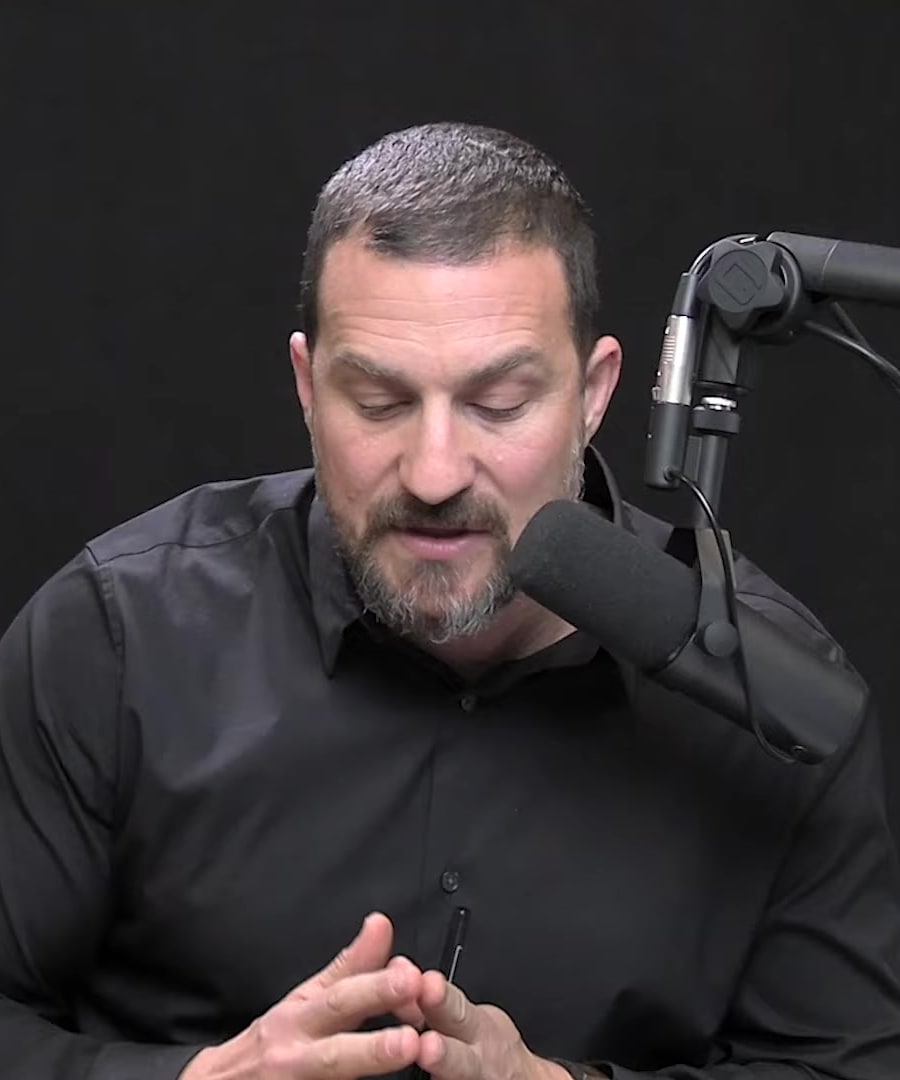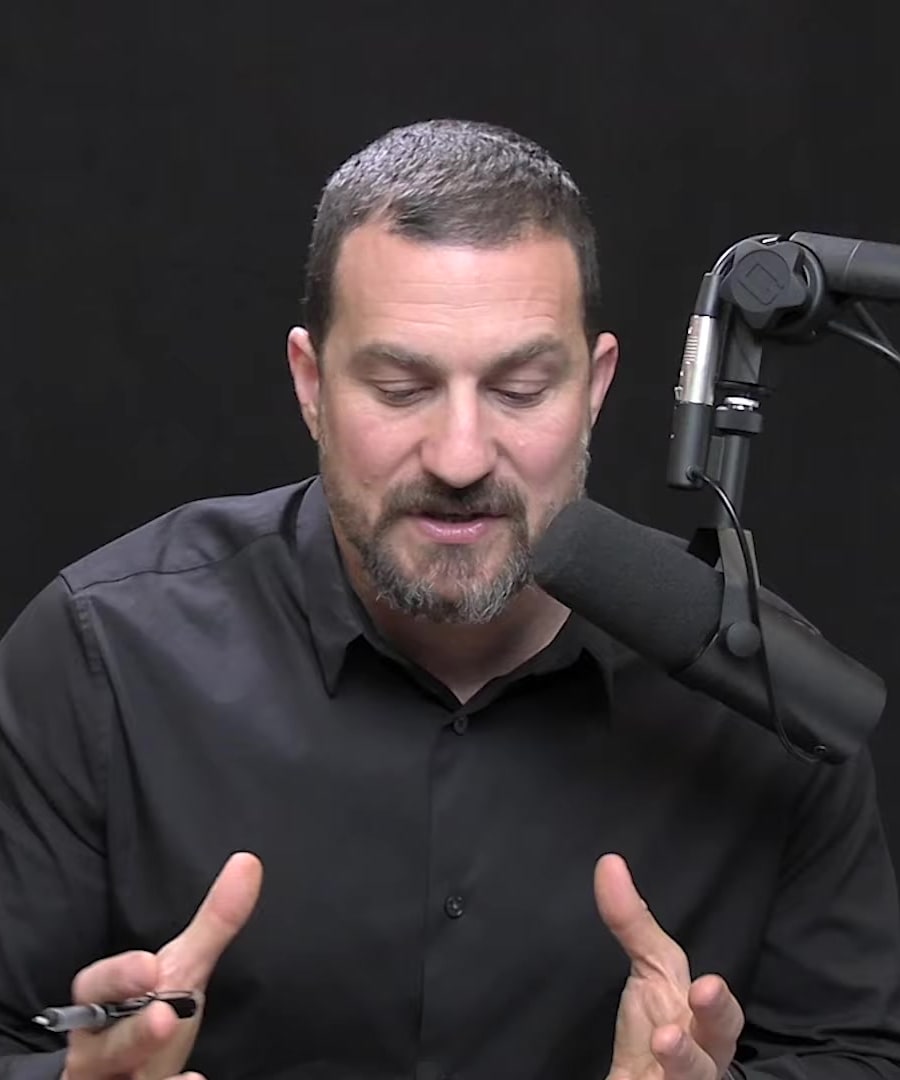Jet lag
Sources:
provides several strategies for managing jet lag effectively, drawing from his extensive research and personal experiences. Here are some of the key methods he recommends:
-
Understanding Temperature Minimum:
- Your temperature minimum is the lowest body temperature point in a 24-hour cycle, typically occurring 90 minutes to two hours before waking. It's crucial for adjusting your circadian clock.
- For example, if traveling to Europe (9 hours ahead from California), gradually shift your schedule a few days before departure. Increase light exposure and maybe exercise shortly after your temperature minimum to advance your clock. Conversely, exercise before the temperature minimum to delay your clock if needed 1.
-
Light Exposure:
-
Maintaining Consistent Schedules:
- Stick to a consistent schedule as much as possible. If your travel is short (less than 48-72 hours), try maintaining your home time zone schedule to avoid shifting your circadian rhythm significantly. For longer trips, shift gradually a few days prior to departure and after arrival 4.
-
Utilizing Red Light:
- If you need to stay awake during your sleep cycle, use red light. Red light can keep you alert without significantly disrupting your cortisol rhythm, which can be especially useful during critical tasks or brief wakefulness at night 5.
-
Recognizing Individual Variability:
- People experience jet lag differently, influenced by age, genetics, and personal habits. Strategies that work for one person may not work for another. It's essential to experiment and find what best suits your individual needs 6.
-
Melatonin Use:
- Melatonin can be beneficial for occasional use to help adjust sleep schedules, but Dr. Huberman advises caution with its frequent use due to potential hormonal impacts. Use it sparingly and at lower doses to avoid long-term side effects 7.
These strategies highlight the importance of a personalized approach to managing jet lag, leveraging knowledge of your body's rhythms, and using practical tools like light exposure and consistent schedules.
RELATED QUESTIONS-
Jet lag
- RELATED QUESTIONS






